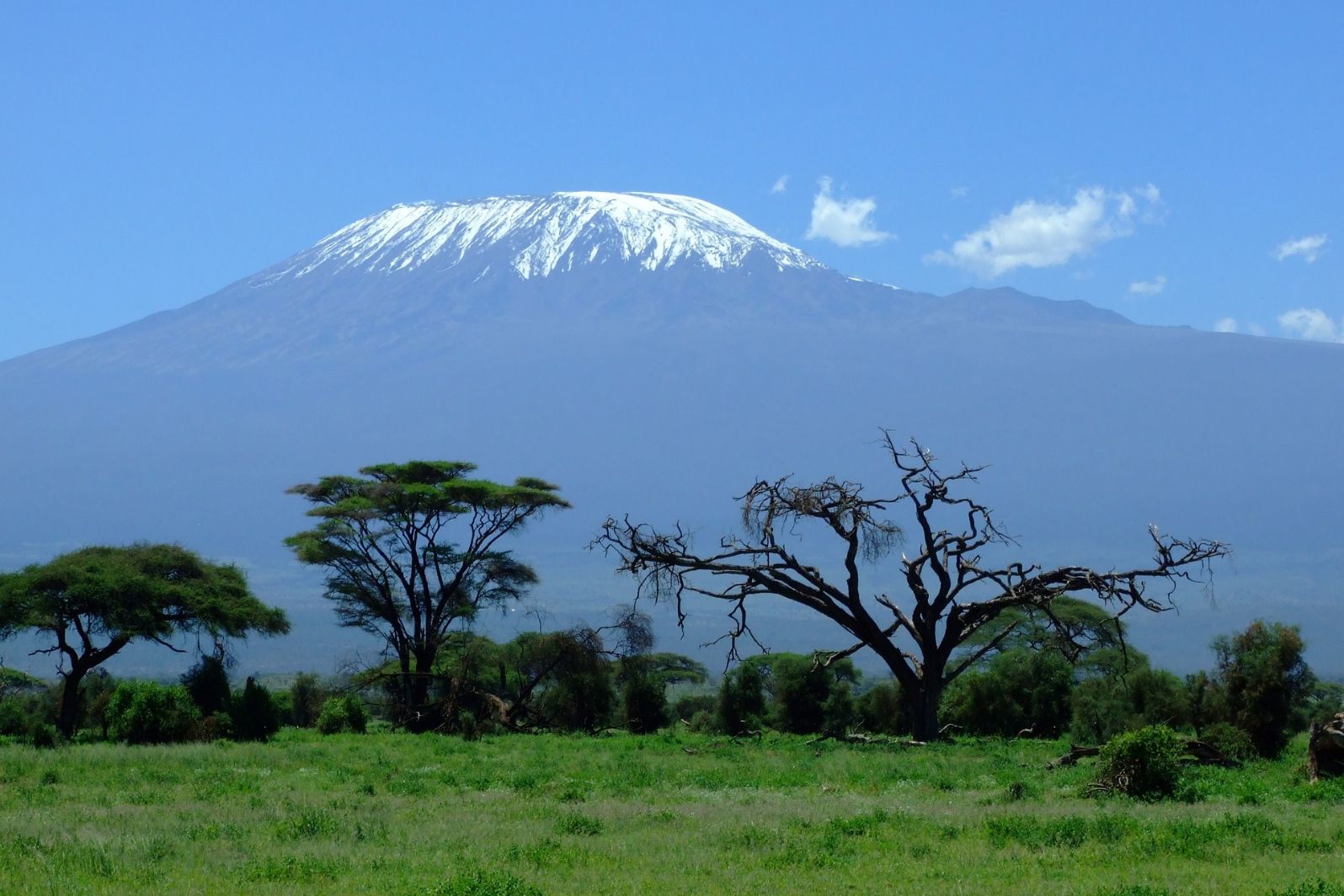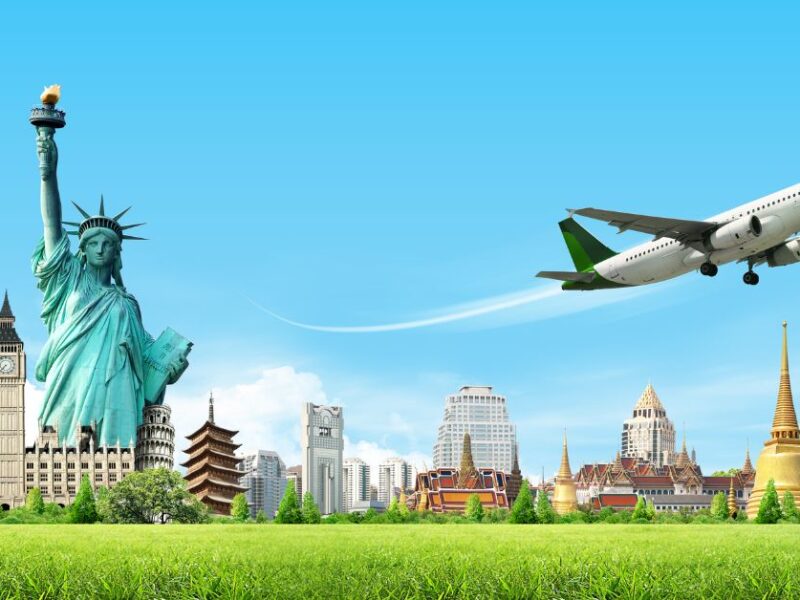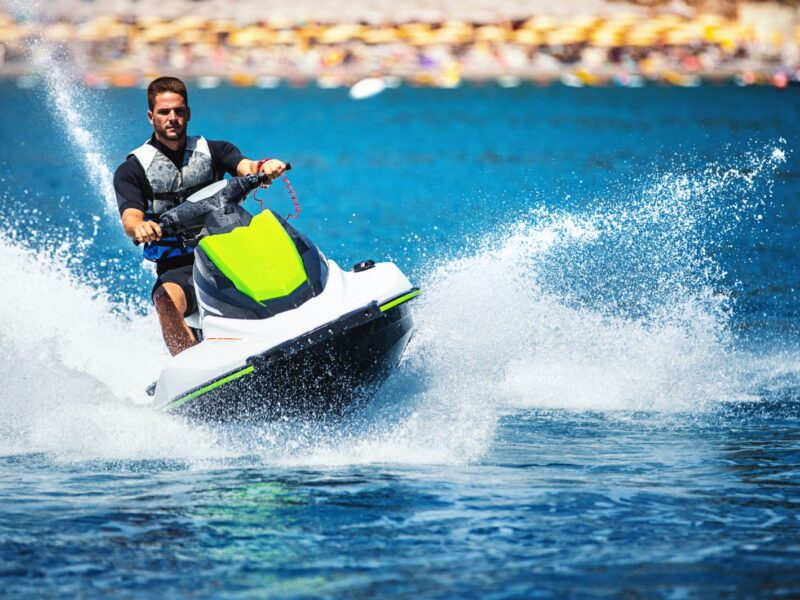Mount Kilimanjaro is the highest peak in Africa, towering 19,340 ft. above the Tanzanian savannah. Despite this, climbing Kilimanjaro is well within the capabilities of the average person.
You don’t need a host of complicated climbing tips and tricks to scale these heights, but a little common sense goes a long way.
Check out our top climbing tips for taking on the challenge.
Table of Contents
1. Prepare Yourself
To maximize your enjoyment when tackling Kilimanjaro, it’s vital to prepare yourself both physically and mentally. You’ll need to scale up your fitness workouts considerably for at least two months before you head up the mountain.
Concentrate on improving your stamina and leg strength with long bouts of low-intensity exercise, like walking or jogging.
Even if you’re already fit, it’s wise to practice some prolonged bouts of walking up and down hills to prepare yourself for the exertions you’ll endure while trekking up Kilimanjaro.
If you don’t put in the time and effort, you’ll struggle with the physical demands of the climb.
The right mindset is important for any mountain climbing adventure. You can’t quit halfway when you’re part of a group tour. A positive, flexible mental attitude will help keep you going during the strenuous last leg of the climb.
Work on visualization exercises that place you at the top of Africa, looking down over the gorgeous scenery below.
2. Climbing Tips for Newbies
One of the best tips for climbing Kilimanjaro is to tackle the mountain via the route that suits you best. Unless you have access to high-altitude training systems, there’s no way to tell how the altitude will affect you, so plan accordingly.
Take your time. It’s possible to climb the mountain in five days, but this is unwise unless you’re an accomplished climber with experience at altitude.
If you rush your trip to the summit, you could end up with altitude sickness and have to abandon your climb.
Rather, opt for an eight-day hike, which allows your body to get used to operating at high altitudes gradually. The shorter periods of exertion each day also minimized the physical impact on your muscles and allow for a longer recovery period.
There are three easy routes up Kilimanjaro. They are:
The Marangu Route
This is the most popular track for climbing Kilimanjaro, as it has the most gentle gradient of all. It’s also the only route with established sleeping shelters along the way.
As a result, the Marangu Route attracts high volumes of climbers, which can detract from your experience.
The Rongai Way
The Rongai Way is the sole route that takes on the summit from the north, near the Kenyan border. It’s an easy, isolated wilderness route that joins up with the Marangu Route at Kibo Camp, at the base of the mountain’s peak.
The descent is also via the Marnagu Route, providing you with the only way to summit the mountain from a north-to-south aspect.
The Machame Route
This is another popular path to the top of Kilimanjaro and also the most scenic way to get there. The Machame route provides beautiful panoramas of the mountain’s five diverse ecosystems, i.e., farmland, alpine heath, cloud forest, high desert, and glaciated summit.
Along this route, three of the campsites are at the same height, which is in line with climbing technique tips that suggest you climb high and sleep low.
3. Choose Your Climbing Partners Well
Your climbing companions will get to see you at your best and worst. So, if you’re traveling with a group of friends, be sure your friendships can stand the test.
More importantly, choose your guiding party with utmost care. The right guides are invaluable assets when you climb Kilimanjaro.
Look for a team with a full-time team of locals on the ground. Ideally, your guiding company should work out of a nearby town like Arusha.
Pick a company that invests in its staff’s well-being and training. You must climb Kilimanjaro with rigorously trained and experienced people who have climbed these routes dozens of times.
After all, your life is quite literally in their hands.
When you work with a dedicated local team, you can call on them for days before you attempt your climb. They’ll help you iron out any last-minute hiccups and soothe the jitters you’re bound to feel ahead of the big day.
These seasoned pros offer a wealth of information and guidance on how to prepare for your trip and enjoy every step of your journey.
4. Pack Accordingly
Regardless of whether you’re climbing Kilimanjaro, it’s important to research the weather in a foreign country before you visit. If you’re planning to extend your travels around Tanzania after you’ve climbed Kili, be sure to pack according to the season.
You should prepare for a great diversity of weather during your mountaineering expedition.
On the lower reaches of the mountain, the weather is tropical, so you’ll be wearing shorts and T-shirts. Yet, as you get higher, the mercury will start to drop, so pack warm clothes and a wind- and rain-resistant jacket for this leg of the journey.
5. Test Your Gear
If you’re not accustomed to camping, it’s best to have a few practice runs before you trek up Kilimanjaro. Your travel operator will provide you with a list of what’s provided on the trip and what you need to bring.
Try to mimic this setup as closely as possible in a nearby campground. It will allow you to become accustomed to the simple joys of camping and test your gear in advance.
Unless you’re an experienced camper, there’s no other way to figure out how to make yourself as comfortable as possible during the climb. Remember, you’ll have to carry most of your kit yourself, so you must keep your gear to a minimum.
It’s imperative to wear your socks and shoes until they fit like a second skin before you go. You can’t risk developing blisters along the way.
Onward and Upward
Whether it involves looking up relevant climbing tips or finding the best restaurants in town, planning is the best way to ensure you get the greatest enjoyment from your time away.
So, before you book your next vacation, browse some more of our blog articles for the latest information on a range of travel-related topics.


